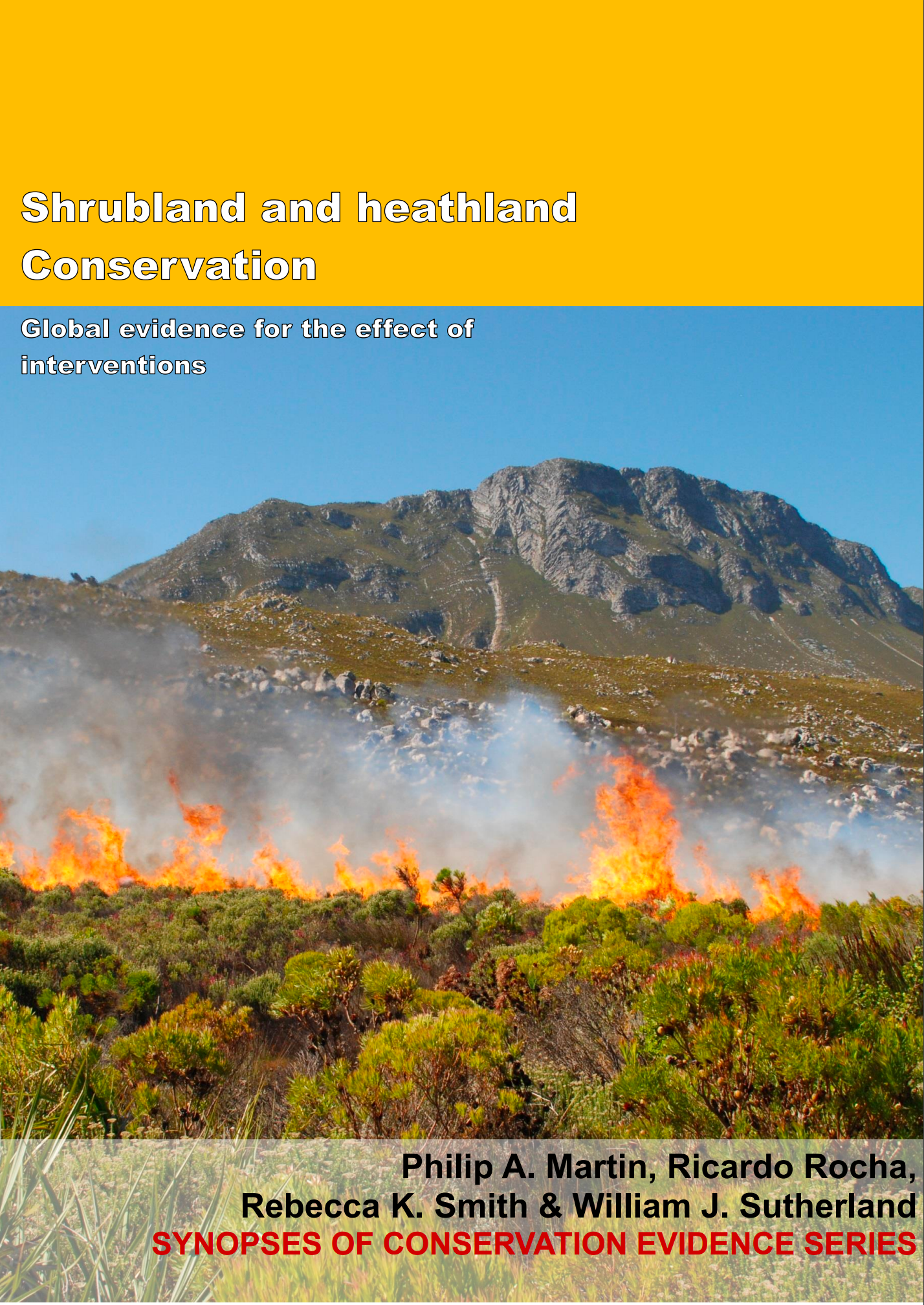Add fertilizer to soil (alongside planting/seeding)
-
Overall effectiveness category Unknown effectiveness (limited evidence)
-
Number of studies: 2
View assessment score
Hide assessment score
How is the evidence assessed?
-
Effectiveness
45% -
Certainty
25% -
Harms
0%
Study locations
Supporting evidence from individual studies
A controlled study in 1972 in a greenhouse in New Mexico, USA (Williams & O'Connor 1973) found that adding fertilizer increased the biomass of four-wing saltbush Atriplex canescens in two of three cases. In two of three cases when fertilizer was added the biomass of four-wing saltbush was higher (149–175 mg) than when fertilizer was not added (73–86 mg). Soil was collected from nearby shrublands and local gardens. Soil from shrublands was used to fill 24 pots and soil from gardens was used in 12 pots. Fertilizer was added to half of the pots while the other half were left unfertilized. One hundred four-wing saltbush seeds/plot were added and these were later thinned so that there were nine plants/pot. After 97 days plants were harvested, dried, and biomass calculated.
Study and other actions testedA replicated, controlled study in 1954–1999 in three unvegetated areas in Iceland (Gretarsdottir et al. 2004) found that sowing of seeds followed by fertilization increased vegetation cover in two of three cases, increased cover of shrubs and trees in two of three cases, and did not increase the number of plant species. Plant cover was higher in two of three sites where seeds had been sown and fertilizer applied (7–100% cover) than in sites where no seeds were sown or fertilizer applied (1–5% cover). Shrub cover was higher in two of three sites where seeds had been sown and fertilizer applied (0–8% cover) than in sites where no seeds were sown or fertilizer applied (0–1% cover). The number of plant species was significantly lower in one of three sites where seeds had been sown and fertilizer applied (4–8 species) compared to sites where no seeds were sown or fertilizer applied (3–9 species). At one site seeds were sown from airplanes, followed by application of fertilizer between 1954 and 1979 while at the other site this occurred between 1960 and 1975. In 1999 five 100 m2 plots were placed at each site and at nearby areas where no seed was sown and no fertilizer was applied. Ten 0.25 m2 quadrats were placed randomly in each plot and vegetation cover assessed.
Study and other actions tested
Where has this evidence come from?
List of journals searched by synopsis
All the journals searched for all synopses
This Action forms part of the Action Synopsis:
Shrubland and Heathland Conservation
Shrubland and Heathland Conservation - Published 2017
Shrubland and Heathland synopsis





)_2023.JPG)














